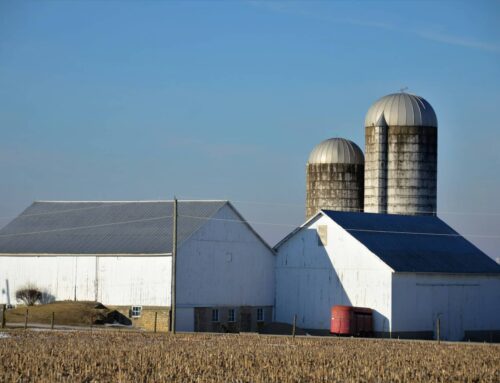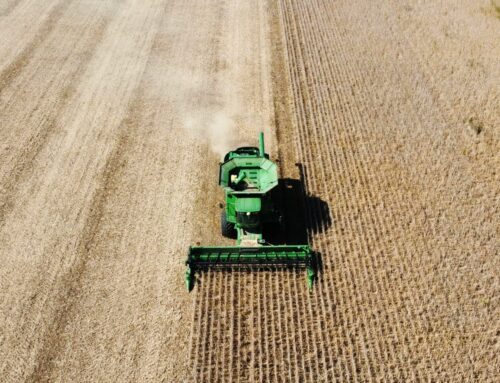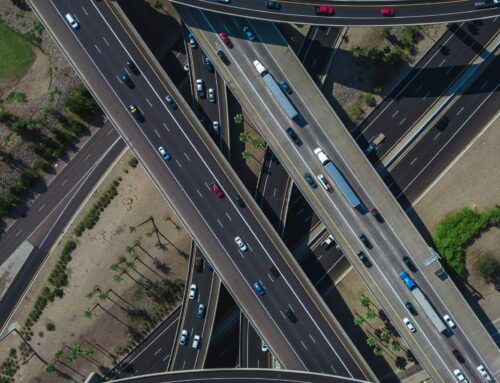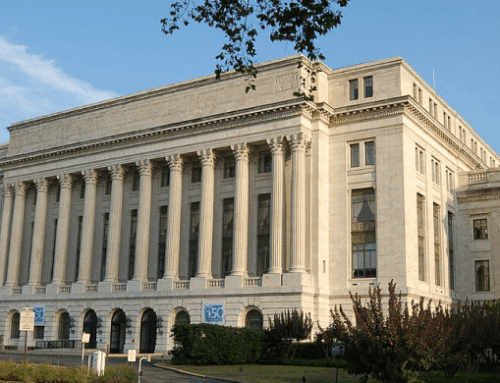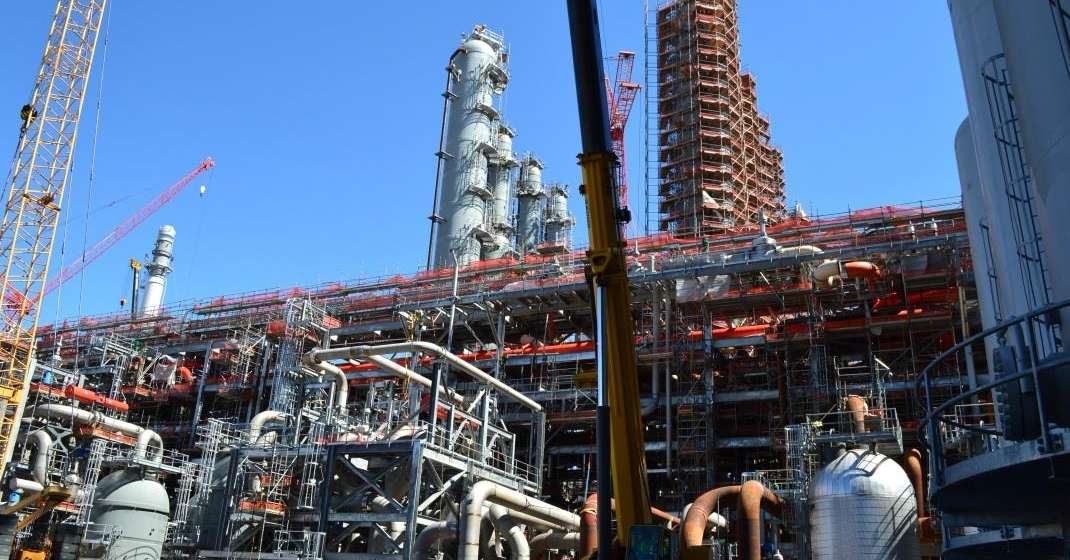Congress's nearly $2 trillion CARES Act made nearly $24 billion available to the USDA to assist farming and ranching businesses economically harmed by the COVID-19 pandemic. This amount consisted of $9.5 billion in "emergency" appropriations (Division B, Title 1 of P.L. 116-136) and a $14 billion replenishment of USDA's borrowing authority from the Treasury (Sec. 11002). Late in the day on Friday April 17th, the USDA announced its creation of the Coronavirus Food Assistance Program (CFAP) as a first step in distributing much of this aid. As announced, the program will include $16 billion in direct payments to eligible producers and $3 billion in USDA purchases of farm products (known as USDA Food Box Distribution Program). More than a month since this announcement, final details have not been released by USDA. Senator Hoeven (R-ND), chairman of the Senate Agriculture Appropriations Subcommittee, however, announced in a press release additional details about the CFAP.
Direct Assistance to Farmers and Ranchers
- $9.6 billion for the livestock industry
- $5.1 billion for cattle
- $2.9 billion for dairy
- $1.6 billion for hogs
- $3.9 billion for row crop producers
- $2.1 billion for specialty crops producers
- $500 million for others crops
- $3 billion in fresh produce, dairy, and meat purchases
It's important to note is that only $9.5 of this first tranche of spending is directly attributed to the CARES Act. That is the $9.5 billion in "emergency" appropriations provided to the Secretary of Agriculture in the CARES Act. USDA is also using $6.5 billion in existing Commodity Credit Corporation borrowing authority and launching the $3 billion "Food Box Distribution Program" using authority granted by the second COVID-19 act (Sec. 1101 (g) of P.L. 116-127) to get up to the announced total of $19 billion. (The $14 billion of spending capacity the CARES Act provides to the Secretary via the CCC will become available once the CCC submits a report of its financial condition – which is expected in June.)
No final rule spelling out exactly how payments will be distributed has been released yet, so we'll be watching very closely to see what money goes where. Senator Hoeven's press release also indicated the farm income subsidy checks would be limited to $125,000 per commodity with an overall limit of $250,000 per individual or entity. With pressure from farm-sector lobbyists, Secretary Perdue later promised to modify the payment limit without clarifying what that limit will be.


